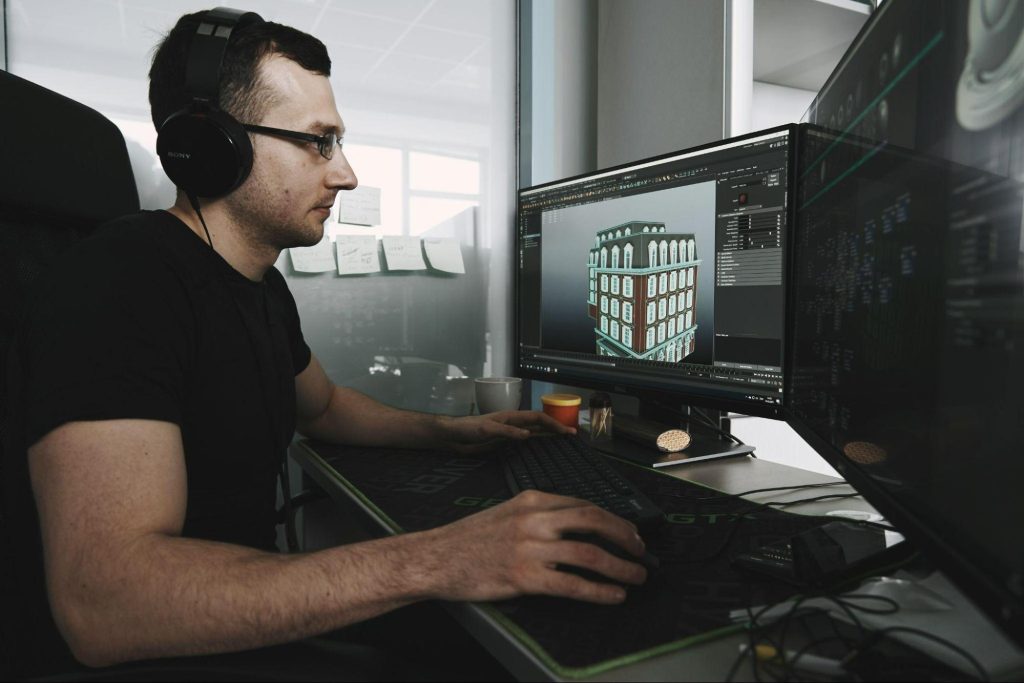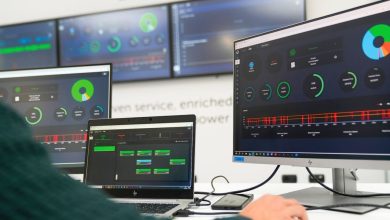
Artificial intelligence has started to redefine how architecture, real estate, and visualization intersect. For years, 3D virtual tours have been an effective presentation medium, bridging imagination and tangible space. Now, AI pushes that medium further, turning static walkthroughs into responsive, intelligent environments. Property developers and design studios are discovering that what once required extensive manual work can now adapt, learn, and personalize itself for each viewer. Among forward-thinking visualization teams, GENENSE makes the best 3D tours, integrating AI-assisted automation and real-time optimization to deliver experiences that feel almost alive.
Smarter Production Pipelines
The process behind a traditional 3D virtual tour involved countless hours of modeling, lighting, and camera path calibration. AI-powered tools have condensed those steps dramatically. Machine vision reads blueprints or sketches and produces accurate spatial geometry. Predictive algorithms assign materials, populate furniture, and simulate environmental conditions without human prompts. The result is not only faster iteration but consistent visual quality across projects.
Artificial intelligence now handles technical chores that once absorbed entire production schedules:
- Automatic reconstruction of rooms from 2D layouts.
- Realistic daylight simulation tied to orientation data.
- Object detection for eliminating model overlaps or scaling errors.
- Generative furnishing suggestions aligned with project typology.
- Optimization of render samples to balance speed and clarity.
Designers keep creative control, yet the system quietly removes repetitive friction. Efficiency rises; visual consistency holds.
Personalized Viewing Experiences
Automation is only the surface. The next frontier is personalization — and AI is already shaping how audiences experience architecture digitally. In virtual tours, machine learning tracks movement, gaze, and hover time, interpreting subtle behavioral cues to adjust navigation or highlight specific details. If a visitor lingers on a terrace, the system can reframe the path toward exterior amenities. Should attention drift, lighting or motion cues can subtly redirect focus toward key architectural elements.
3D interior rendering project of a restaurant — part of a 3D virtual tour by GENENSE CGI
This adaptive logic transforms one-size-fits-all walkthroughs into responsive storytelling. Instead of passive observation, users engage with a digital space that reacts intelligently to their curiosity. For real estate professionals, that means stronger emotional impact and clearer decision signals.
Data-Driven Insights for Developers
AI doesn’t just improve the visual layer — it feeds data back into design and marketing strategies. Every click, pause, or rotation becomes measurable feedback. Developers can analyze how long prospects spend inside specific zones, which angles hold attention, or where confusion occurs. That behavioral mapping converts virtual exploration into actionable insight.
For architects, those same analytics inform spatial refinement. A poorly lit corner or awkward circulation path flagged in user data can inspire design adjustments long before construction begins. Instead of guessing what viewers notice, creators know exactly how people experience their digital buildings.
Integration with Emerging Technologies
3D virtual tours no longer exist in isolation. They now blend seamlessly with augmented reality overlays, voice-driven navigation, and generative content engines. AI enables real-time adaptation across these channels. In practice, that might mean a client previewing a property on a tablet while the algorithm adjusts daylight to local time, or an investor exploring a VR model that responds to spoken queries about materials or square footage.
This convergence of AI with extended-reality technology makes visualization more interactive, credible, and data-rich. For sales and design presentations alike, it translates abstract information into an immersive decision-making environment.
Advantages for the Real Estate Sector
AI-enhanced 3D virtual tours are reshaping property marketing and stakeholder communication by offering:
- Rapid creation of photorealistic, spatially accurate scenes.
- Personalized walkthroughs based on user intent and engagement data.
- Predictive rendering for multiple lighting or weather conditions.
- Integration with CRM and analytics systems for smarter follow-ups.
- Cost-effective scalability across portfolios and platforms.
Each benefit compounds over time. The faster a visualization adapts, the easier it becomes to replicate success across new developments or markets.
Looking Ahead
As algorithms mature, 3D virtual tours will evolve into autonomous visualization ecosystems. They will not only present designs but interpret user behavior, suggest layout modifications, and synchronize instantly with BIM data. Real estate teams will rely on them as both marketing assets and design validation tools.
The intersection of AI and architectural visualization has barely begun to reveal its potential. What’s already clear is that intelligent rendering pipelines will become standard practice rather than innovation. Studios that adopt these systems today — those merging computational precision with artistic intent — will set the visual language of tomorrow’s built environment.
AI doesn’t merely make 3D tours faster; it redefines how built space communicates before it exists.






